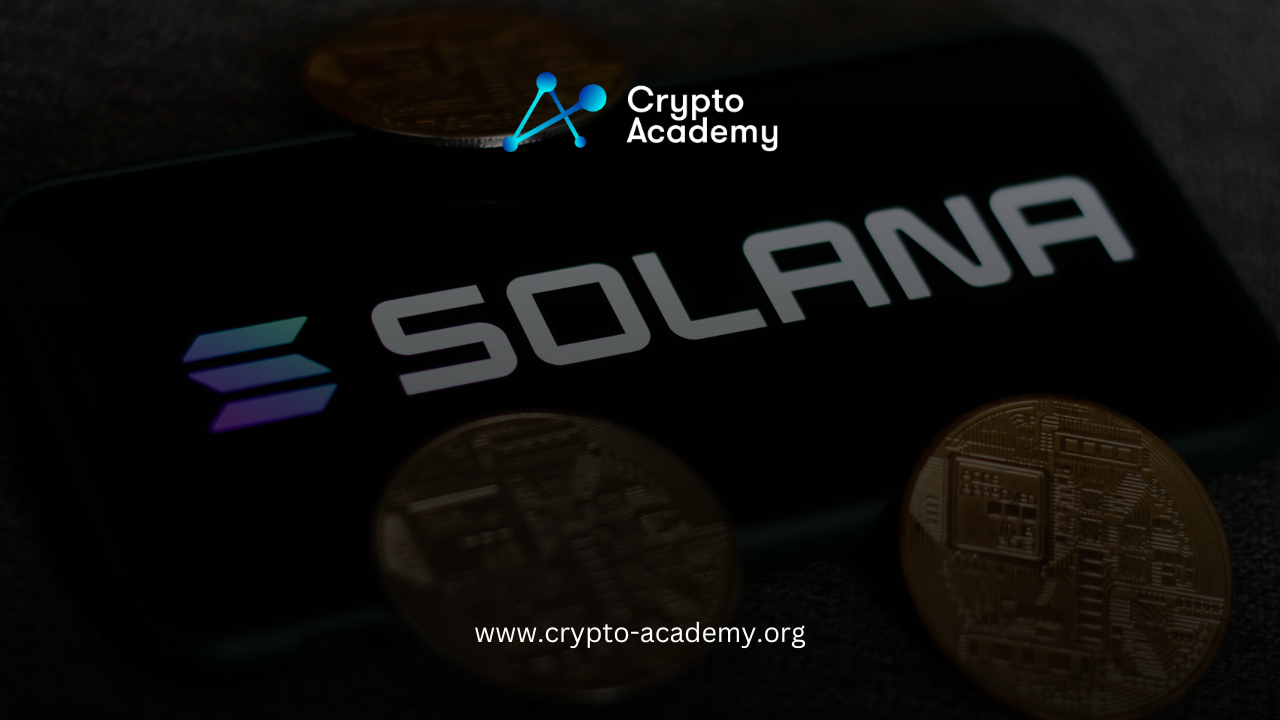Explaining the Wallet Drainer Activities in Solana

Rising Solana prices spur growth in wallet drainer scams, with over 6,000 involved in a major online community.
With SOL’s value skyrocketing, a surge in phishing scams aimed at SOL and Solana-based meme coin holders has become increasingly prevalent. Blockchain security firm Chainalysis sheds light on this alarming trend, revealing the existence of a vast online community with over 6,000 members dedicated solely to a popular Solana wallet drainer kit.
As SOL’s market price makes a notable leap, surpassing $101, the attractiveness of Solana holders as phishing targets has intensified. The past week alone has seen numerous blockchain security firms, including the likes of Chainalysis, raising red flags about the growing menace of malicious decentralized applications. Furthermore, these applications are specially designed to target users with Solana-based drainers, a new breed of cyber threats.
Brian Carter, a senior intelligence analyst at Chainalysis, emphasizes the adaptability and versatility of the most successful draining kits. These kits are not limited to targeting a single asset but employ various methods to drain different assets. A notable aspect of these drainer kits is their apparent connection to Russia, with much of the documentation and development community communicating in Russian.
Strategies to Combat Solana Wallet Drainers
To combat these escalating threats, experts recommend employing protective tools such as Wallet Guard, which has recently incorporated features to safeguard against Solana drainers. Phishing attacks, involving malicious links, remain a common strategy employed by these drainers. They exploit the fear of missing out (FOMO) prevalent in the decentralized finance (DeFi) community, using social media and compromised Discord communities to disseminate links to fraudulent websites.
The dark web and private hacker chat groups have become hotspots for the trade of Solana drainer kits, with prices starting as low as $250 per month, as reported by blockchain security firm CertiK. These drainer kits try to facilitate cyber theft by emptying digital wallets. Moreover, they primarily operate through phishing scams, enticing victims to input their wallet credentials on counterfeit websites.
Joe Green, an analyst at CertiK, points out that the total amount stolen via Solana drainers remains uncertain. However, he notes that these drainers often adopt a strategy similar to Ethereum Virtual Machine (EVM) drainers, where the provider takes a percentage of the stolen assets.
The resurgence in Solana’s price has refocused cybercriminals’ attention on targeting individuals within the Solana ecosystem. Over the past three months, SOL prices have experienced a dramatic increase of more than 400%.
Lastly, Blockaid, a Web3 security firm, recently reported a case where a specific Solana drainer managed to steal hundreds of thousands of dollars in SOL and SPL tokens. These sophisticated drainers can deceive the simulations used by Solana wallets, leading users to inadvertently sign off on malicious transactions.

Comments are closed.